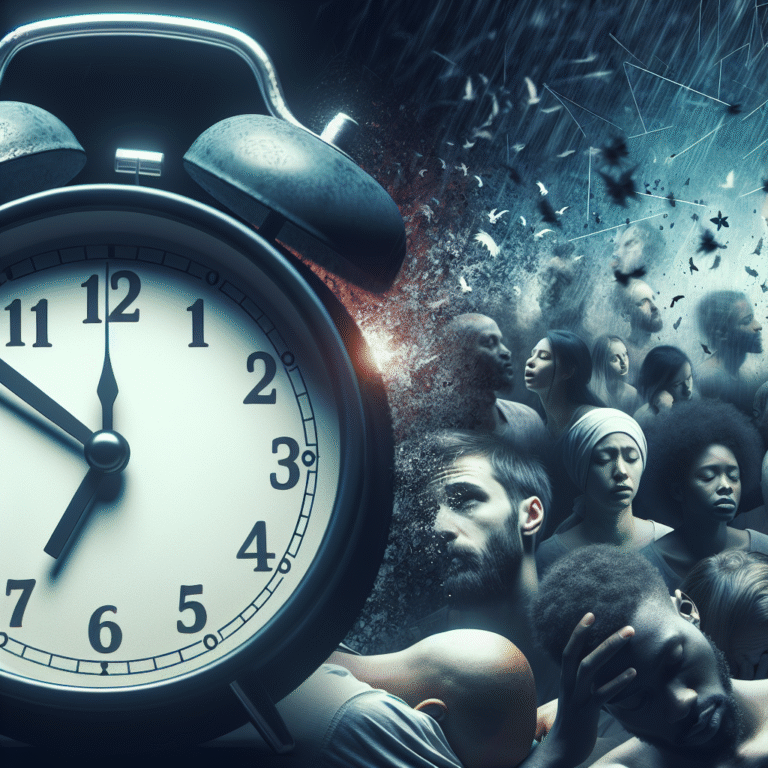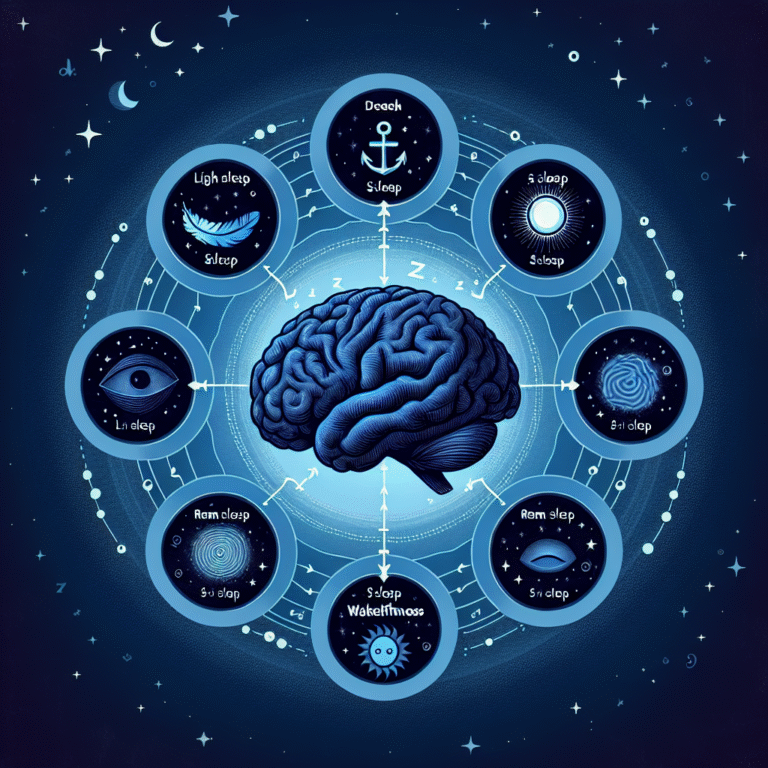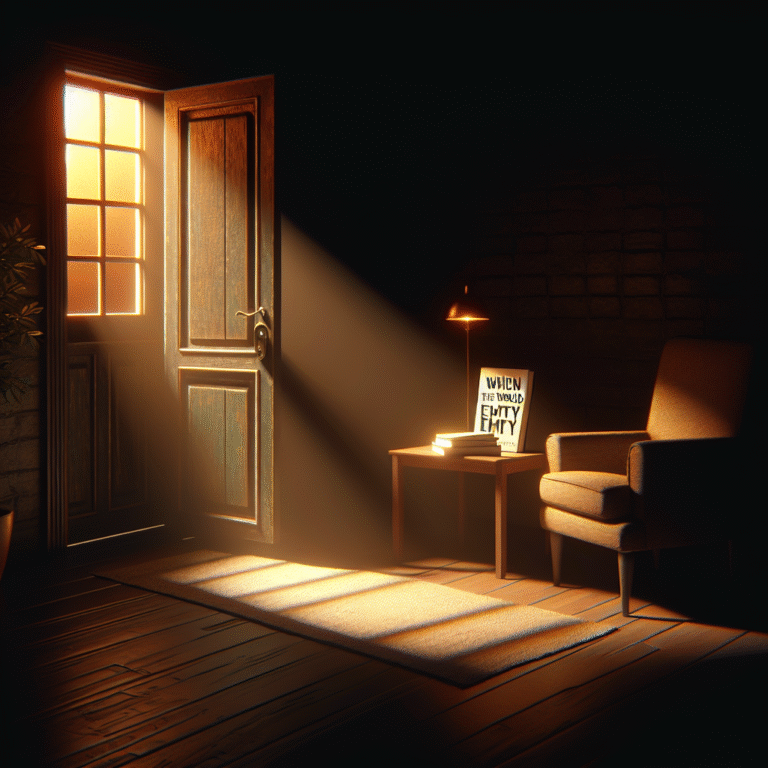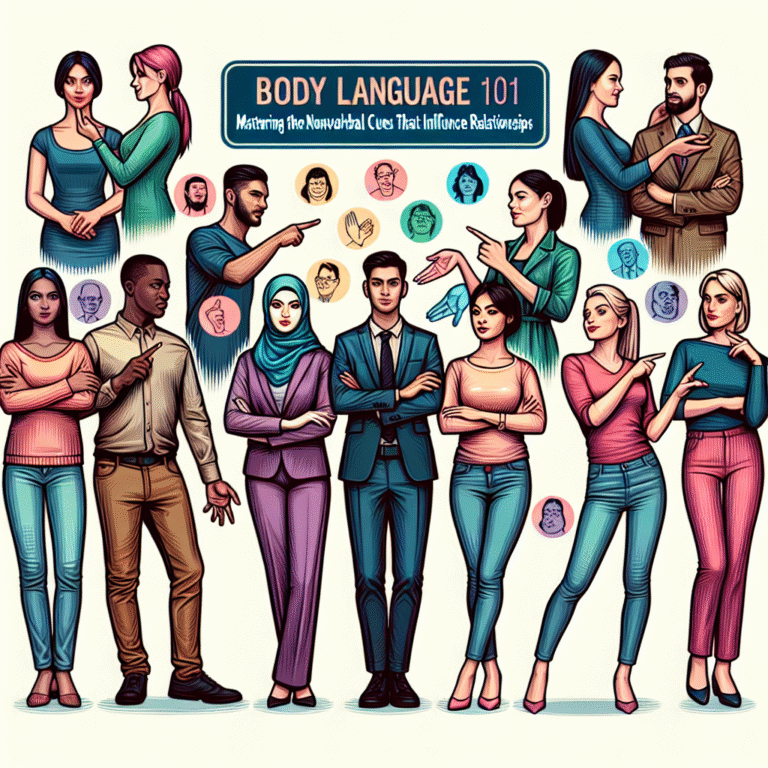
The Art of Sleep Hygiene: Crafting the Ultimate Environment for Rest
Introduction
In a world that never stops buzzing, the importance of sleep often takes a back seat. Our busy lives and constant connectivity can lead to restless nights and tired days. However, mastering the art of sleep hygiene is essential for rejuvenating our minds and bodies. It’s not merely about how many hours of sleep you get; it’s about creating the perfect environment for rest. In this article, we will explore The Art of Sleep Hygiene: Crafting the Perfect Environment for Rest, providing you with actionable insights and proven strategies that can transform your nightly routine into a sanctuary of relaxation.
Understanding Sleep Hygiene
What is Sleep Hygiene?
Sleep hygiene refers to a series of practices that are conducive to sleeping well on a regular basis. This includes creating an optimal sleeping environment, establishing a consistent bedtime routine, and maintaining lifestyle choices that promote quality sleep. The art of sleep hygiene isn’t just about getting enough sleep; it’s about cultivating an atmosphere that encourages restfulness.
Why is Sleep Hygiene Important?
Poor sleep hygiene can lead to a plethora of issues, including chronic fatigue, irritability, decreased cognitive function, and even long-term health problems like obesity and heart disease. The National Sleep Foundation reports that adults typically require 7-9 hours of sleep per night, yet many struggle to achieve this. Investing time in understanding The Art of Sleep Hygiene: Crafting the Perfect Environment for Rest can result in improved physical health, emotional well-being, and enhanced productivity.
The Ideal Sleep Environment
1. Lighting: The Key to Melatonin Production
One of the most crucial aspects of sleep hygiene is lighting. Your body’s production of melatonin—a hormone that signals sleep—depends significantly on light exposure.
Strategies:
- Dim Your Lights: Use dimmable light switches in your bedroom to control lighting levels as bedtime approaches.
- Blue Light Blockers: Utilize blue light-blocking glasses if you’re using screens in the evening.
Case Study:
In a clinical trial involving 120 participants, those who spent time in dim light three hours before bed increased their melatonin levels significantly compared to those in bright light. This led to reported improvements in both sleep onset and overall sleep quality.
2. Temperature: Finding the Perfect Balance
Your sleep environment’s temperature can greatly influence your comfort level and ability to fall asleep.
Ideal Temperature Range:
- Research suggests that the optimal bedroom temperature for sleep is between 60-67°F (15-20°C).
Strategies:
- Adjust Your Thermostat: Experiment with your thermostat settings during different seasons.
- Invest in Quality Bedding: Materials like cotton are breathable and can help regulate your temperature.
Statistics:
According to a study published in the journal Sleep Medicine Reviews, participants who slept in cooler environments fell asleep faster and experienced deeper sleep phases, reinforcing the necessity of temperature control in the art of sleep hygiene.
3. Noise Control: Creating a Sanctuary of Silence
External noises can significantly impact sleep quality.
Effective Strategies:
- White Noise Machines: Invest in a white noise machine or use apps that provide soothing background sound.
- Earplugs: Simple yet effective, earplugs can help block out disruptive noises.
Case Study Analysis:
A study involving individuals in urban settings (where noise pollution is high) showed that those who used white noise machines reported falling asleep faster and experiencing fewer awakenings during the night. This highlights how crucial noise control is within The Art of Sleep Hygiene: Crafting the Perfect Environment for Rest.
4. Cleanliness: The Importance of a Tidy Space
A cluttered space can lead to a cluttered mind. Maintaining a clean bedroom contributes to a calming atmosphere.
Strategies:
- Declutter Regularly: Establish a biweekly routine to organize your space.
- Bedding Maintenance: Change your sheets weekly and clean your mattress regularly.
5. Aromatherapy: The Power of Scents
Certain scents can promote relaxation and enhance your sleep quality.
Popular Sleep Scents:
- Lavender
- Chamomile
- Sandalwood
Strategies:
- Essential Oil Diffusers: Create a calming ambiance by diffusing these scents in your bedroom.
- Scented Pillows: Invest in pillows infused with relaxing aromas.
Research Insight:
A study published in the Journal of Chemistry found that subjects exposed to lavender essential oil experienced longer and deeper sleep cycles, making aromatherapy an essential tool in The Art of Sleep Hygiene: Crafting the Perfect Environment for Rest.
Creating a Bedtime Routine: The Art of Preparation
Consistency is Key
Just as you would have a morning ritual, developing a bedtime routine is vital for reinforcing your body’s internal clock.
Actionable Steps:
- Set a Specific Bedtime: Try to go to bed and wake up at the same time every day, even on weekends.
- Wind Down: Use the final hour before bed for relaxing activities like reading, gentle stretching, or meditation.
- Limit Stimulating Activities: Avoid vigorous exercise, intense discussions, and stressful tasks close to bedtime.
Technology Detox Before Bed
In our technology-driven world, unplugging is essential for both mental health and sleep quality.
Strategies:
- Set a Device Curfew: Make it a rule to put down devices at least one hour before bed.
- Engage in Offline Activities: Choose activities that promote relaxation, like journaling or crafts.
Nutrition and Lifestyle Choices
The Role of Diet in Sleep Hygiene
What you consume during the day can significantly affect your sleep at night.
Foods and Drinks to Avoid:
- Caffeine: Limit intake in the afternoon and evening.
- Heavy Meals: Avoid large meals within a few hours of bedtime.
- Alcohol: While it may seem relaxing, alcohol disrupts sleep cycles.
Healthy Alternatives:
- Consider foods rich in magnesium and tryptophan, such as almonds or turkey.
Statistics Insight:
A survey by the Sleep Foundation revealed that 60% of participants reported better sleep quality when they avoided caffeine after 2 PM, demonstrating the direct correlation between diet and sleep.
Conclusion
Mastering The Art of Sleep Hygiene: Crafting the Perfect Environment for Rest goes far beyond just the bed you sleep in. It’s a holistic approach encompassing factors like light, temperature, noise, aroma, and even diet. By dedicating time to create your ideal sleep environment, you can enhance not just your sleep but your overall quality of life. Start small, with one change at a time, and you’ll soon discover the transformative power of prioritizing your sleep.
FAQs Section
1. What is sleep hygiene?
Sleep hygiene refers to a set of practices designed to promote quality sleep. This includes creating a conducive sleep environment, establishing a consistent bedtime routine, and maintaining lifestyle choices that support restful sleep.
2. How can I improve my sleep hygiene?
You can improve your sleep hygiene by adjusting your bedroom’s lighting, temperature, and noise levels, creating a clean space, establishing a consistent bedtime routine, and being mindful of your diet.
3. What role does technology play in sleep hygiene?
Technology, particularly blue light emitted from screens, can disrupt the production of melatonin and hinder your ability to fall asleep. It’s beneficial to disengage from devices at least an hour before sleeping.
4. Can dietary choices affect sleep quality?
Yes, what you eat and drink significantly influences your sleep. Limiting caffeine, heavy meals, and alcohol before bed while incorporating sleep-promoting foods can enhance sleep quality.
5. How long should my bedtime routine be?
A bedtime routine ideally should last around 30 minutes to an hour, allowing your body to wind down and prepare for sleep.
By taking actionable steps towards enhancing The Art of Sleep Hygiene: Crafting the Perfect Environment for Rest, you’re investing not just in better sleep, but in a healthier, more productive lifestyle. Your journey to rejuvenating rest starts now.
















